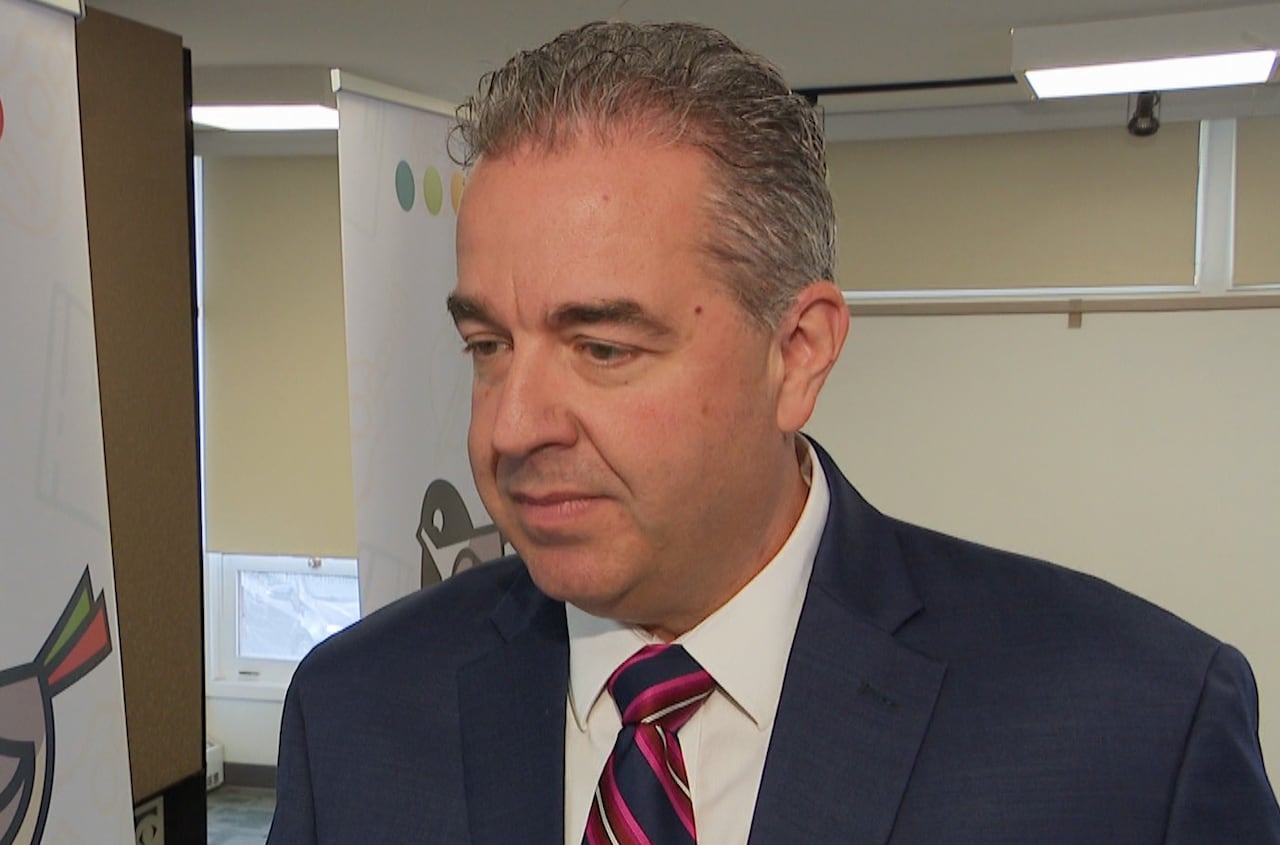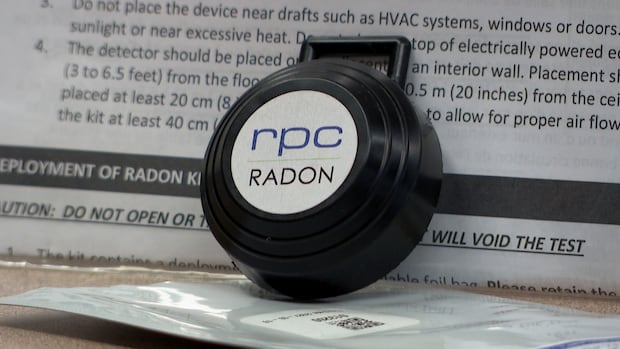Free radon test kits will now be available at all 63 public libraries in New Brunswick, according to the provincial Department of Post-Secondary Education and Training
The kits will include a 90-day test and information about radon gas.
A spokesperson for N.B. Lung said this will make New Brunswick the first province in Canada to make radon testing available for free to the public.
“That’s, you know, a rare opportunity where New Brunswick is ahead of the game here,” Dusty Green said.
“We see a lot of folks that come to N.B. Lung and say that testing, you know, they just can’t afford it right now, and so making it free and available to the public is a great first step.”
Minister Jean-Claude D’Amours said people will follow the instructions on the one-time-use kits, send them back to the library and then the kits will be sent to the Research and Productivity Council for analysis.
“Then it will be [up] to them to decide what they need to adjust, to minimize, the radon in their own home,” he said.
Radon is a naturally occurring gas, caused by the breakdown of uranium in soil, but it’s radioactive and hard to detect.
Radon gas can get into a home through cracks in the foundation, the floors and walls and through gaps around pipes, drains and unsealed sump pits.
D’Amours said MLAs voted unanimously last fall to provide free kits to New Brunswickers.

The Canadian guideline for radon is a maximum of 200 becquerels per cubic metre. Health Canada recommends that those who have tested their homes and received a radon level above the guideline should take corrective action.
In September, non-profit Take Action on Radon revealed that out of 100 homes in Grand Bay-Westfield that were included in a testing blitz, 28 had radon levels above the Health Canada guideline.
N.B. Lung has been running a lending program for radon tests that provided 30-day testing kits at select libraries, but Green said the 90-day kits are more precise.
“The 90-day kits really are the gold standard for radon testing,” said Green.
The New Brunswick government is providing free radon testing kits at all 63 public libraries in the province.
He said the radon tests should be placed away from a vent or heat pump in the lowest level of the home where people spend time. He said it doesn’t make sense to put one in an unfinished basement, for example, where nobody spends any time because what’s important is the radon level in the area where people are actually breathing in the air often.
According to Lung Cancer Canada, radon is the leading cause of lung cancer in non-smokers and the second leading cause of lung cancer in smokers.
Green said people who smoke and live in a home with high radon levels are particularly susceptible to lung cancer.
“It’s no one’s fault really if their home has high radon levels,” Green said. “It really just depends on, you know, where your home is sitting and how readily the gas can get into your home.”








